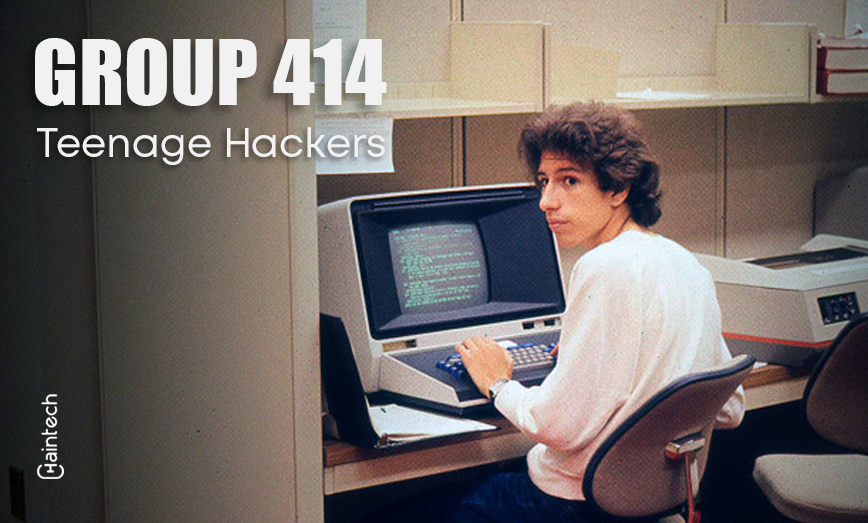Money Laundering Challenges: Can CBDCs Be the Solution?

Central Bank Digital Currencies (CBDCs) are altering the battle against money laundering and terrorism financing on a global scale. In the fight against financial crimes, CBDCs combating money laundering and terrorism financing have become a promising solution for regulators worldwide. These crimes fund illegal activities and hurt economies. A study found that traditional systems don’t do enough to stop them. But CBDCs offer hope.
Central Bank Digital Currency tends to have one goal and that’s to put a stop towards money laundering. This digital currency issued by central banks has no limits whatsoever as every transaction is recorded. That makes it harder for criminals to hide money.
Unlike cash or cryptocurrencies, CBDCs leave a trail easy for authorities to follow. Governments worldwide see their potential to prevent financial crimes.
How CBDCs can fight financial crime
CBDCs combat money laundering and terrorism financing in three key ways:
- Better transparency: Transactions are easy to track.
- Faster detection: Suspicious activity is flagged immediately.
- Stronger controls: Criminals can’t exploit the system as easily.
Why transparency matters in financial systems
Transparency is key in stopping money laundering. Traditional banks struggle because their systems often move too slowly. Cryptocurrencies, while traceable, still allow users to stay anonymous.
CBDCs work differently. Every transaction is recorded on a secure system managed by central banks. This system demonstrates the origins of currency sources alongside the transactions made. Doubling down to the fact that criminals can’t hide behind shell companies or fake accounts.
For example, consider someone trying to launder money through multiple accounts. With CBDCs, the system would detect unusual activity and flag it. Authorities could step in before the money gets too far. This level of clarity makes financial crimes harder to commit.
CBDCs also connect with global monitoring systems, making them essential in CBDCs combating money laundering and terrorism financing. That means international regulators can share information faster. This teamwork can close gaps criminals exploit.
Features of CBDCs that make them effective
What makes CBDCs better than current systems?
| Feature | Traditional Banks | Cryptocurrencies | CBDCs |
| Transparency | Low | Medium | High |
| Speed of Detection | Delayed | Variable | Instant |
| User Verification | Basic | Optional | Advanced |
| Data Security | Moderate | Decentralized | Strong |
| Compliance Integration | Manual | Limited | Automated |
CBDCs stand out because they combine advanced technology with better controls. Unlike banks that rely on manual checks, CBDCs use automation. This speeds up the process and reduces errors. They also tie transactions to verified digital IDs. That makes it even harder for someone to commit fraud.
How CBDCs support international cooperation in combating financial crimes
CBDCs don’t just work within a country—they also enhance global efforts to stop financial crimes. CBDCs combating money laundering and terrorism financing play a crucial role in addressing cross-border transactions.
Criminals use international networks to hide money in different countries, making it hard to track. CBDCs can change that by fostering better cooperation between nations.
One way CBDCs do this is by creating unified systems for data sharing. For example:
- Seamless cross-border monitoring: Governments can instantly access transaction data through shared platforms.
- Reducing jurisdiction loopholes: CBDCs make it harder for criminals to exploit gaps in international banking laws.
- Encouraging international partnerships: Nations can work together to establish common rules for combating illicit activities.
Another advantage is speed. Traditional systems can take weeks to investigate suspicious transactions. With CBDCs, this happens in real-time, preventing funds from vanishing into complex networks.
This narrow focus of combating international crime which often results in loss of significant revenue has upset global bodies such as the Financial Action Task Force (FATF) who have also started looking for CDBCs Can be the One solution worldwide. By aligning everything nationwide these countries can combat terrorism without worrying about why the financial systems failed.
In short, CBDCs are creating structures in nations that could possibly make the world work as one against the financial multilayer of the economy.
Real-world examples of CBDCs in action
Learning from China’s digital yuan
If we interpret the above phrase correctly, China is one of the few countries that have succeeded in launching a digital currency. The reason for launching crypto was to locate and eradicate tax evasion. The results are promising. Authorities have already uncovered criminal networks.
One example is the use of AI tools to monitor transactions. If a dormant account suddenly starts transferring large sums, the system flags it. Investigators can then dig deeper before it’s too late.
Other countries, like those in the European Union, are watching closely. They see how CBDCs could improve their own systems. With cross-border crimes on the rise, this research is essential for future collaboration.
Why CBDCs work globally
- They help regulators share information more easily.
- Cross-border transactions are safer and more transparent.
- They reduce financial fraud in international trade.
Did you know?
CBDCs can deliver disaster aid instantly, cutting out corruption and ensuring funds go directly to those in need.
Challenges CBDCs must overcome
Privacy concerns and technology gaps
Not everyone loves the idea of CBDCs. Some worry they could invade privacy. If every transaction is tracked, what happens to personal freedom?
To ease these fears, central banks need to create systems that balance transparency with privacy. For example, small transactions could stay anonymous, while larger ones require full disclosure.
Technology is another hurdle. Launching a CBDC means building secure platforms that can’t be hacked. It also requires educating the public. The line above almost gives you an immaculate explanation that there are people who still have perception-based issues with digital currency. However, marketing CBDCs will help counter it.
The future of financial safety with CBDCs
Can CBDCs create a safer world?
CBDCs could revolutionize how we fight financial crimes. Imagine regulators worldwide working together on a shared platform. This could close loopholes that criminals rely on today. CBDCs combating money laundering and terrorism financing offer a powerful tool to effectively track and disrupt illicit activities.
Interesting; what do you think about the above? These technologies can analyze transaction patterns faster than any human. For example, if someone tries to transfer funds linked to terrorism, the system could block it immediately.
CBDCs also promote financial inclusion. By digitizing money, even people without bank accounts can access secure systems. This reduces the risk of cash-based crimes and helps economies grow.
The potential for a safer financial world is clear, but governments need to act quickly. Collaboration and innovation are essential in maximizing CBDC’s potential.
The involvement of AI in mainstream central bank digital currencies (CBDC) in tackling crime.
AI is an essential technology that augments the efficiency of CBDCs in countering financial crime. It is designed to process a vast volume of data within a short period, thereby identifying numerous structures and abnormalities that would normally be overlooked.
Here’s how AI supports CBDC systems:
- Flagging unusual behavior: AI can detect patterns like unusually large transactions or frequent transfers to high-risk areas.
- Risk scoring for transactions: Every transaction gets a score based on how risky it looks. High-risk activities are flagged for further investigation.
- Real-time fraud prevention: AI tools work instantly, stopping suspicious transactions before they’re completed.
AI also improves compliance with AML and CFT rules. For example, AI-powered systems can automatically check if a transaction violates regulations, reducing manual errors and speeding up the process.
Countries testing CBDCs, like Singapore and Sweden, are already integrating AI into their digital currency platforms. This makes their systems smarter and better at fighting crime.
The interaction of AI and CBDCs presents a paradigm shift in the financial world. Instead of waiting for crimes like these, the system learns to manage and mitigate risk, thus- preserving economies and curbing fraud. This partnership between AI and CBDCs sets a new global security standard.
A new era of transparency has begun.
CBDCs are not just another hype of technology. The Washer Chamber is an anti-money laundering tool in CBDCs to cut off the flow of many terrorists’ financing. The new digital currencies come with trust, speed, and technology,which have been searching for solutions to many forms of dirty money today.
Of course, challenges like privacy and technology must be addressed. But with the right policies, CBDCs can change the game for good.
Are you ready for the future of secure money? One way to prevent this is to stay updated, inhibit trust, and investigate how CBDC can alter the economy.
FAQs
1. How do CBDCs prevent terrorism funding?
They enable every transaction to be monitored and traced, preventing criminals from concealing their activities.
2. Are cryptocurrencies and CBDCs the same?
Absolutely, They are nothing alike; CBDCs are digital currencies fully controlled by central regulators, while the majority of cryptocurrencies are not.
3. What about threats to the privacy of CBDC?
Tracking every transaction might raise privacy concerns. Strong governance is essential to manage this.
4. Can CBDCs help small businesses?
Yes. They provide secure and transparent systems, reducing fraud risks for small businesses.
5. Will all countries use CBDCs?
Not all, but many are exploring them as tools for fighting financial crimes.









